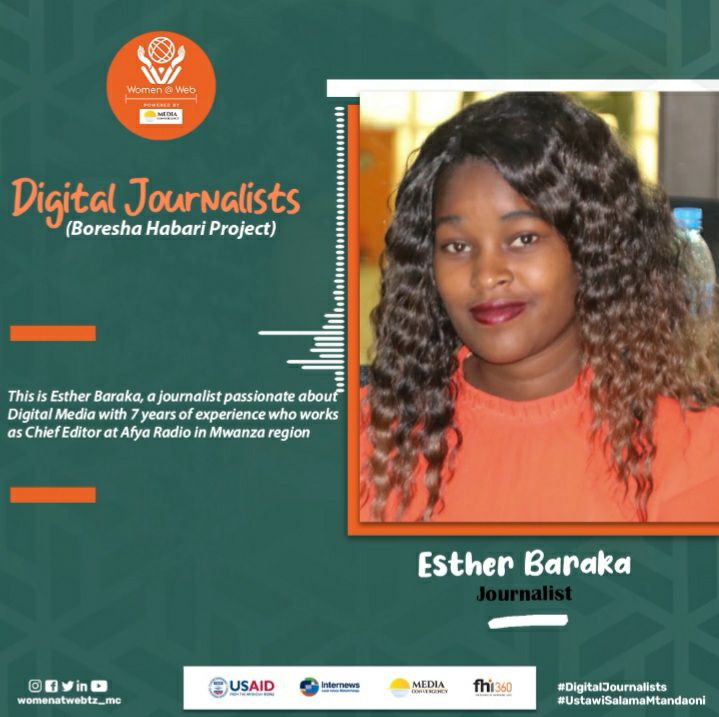
Mainstream Media management all over the world faces new challenges every day not only in Tanzania. For the last few years in particular, one media disaster news headline has followed another. Newspaper circulations have dropped sharply and, in some instances, collapsed altogether; newspaper readers have suddenly deserted in droves and migrated online and advertisers have taken their money elsewhere as the media industry faces a moment of truth. The more difficult the situation today’s media has faced, the more important it has become for the industry to have a proper analysis on what’s going on so that adequate solutions for survival can be found.
Embracing digital media by newspapers and other ‘old media’ might not provide all the solutions to all the problems faced by media managers these days, but the new platforms certainly provide opportunities that could help the media’s financial bottom lines. If managed well, digital media can create additional income, more customers and new ways of distribution which could contribute to extended media freedom.
Unfortunately, some of Tanzania’s media leaders have already been left behind by the digital media technologies. The leaders face a plethora of challenges: slow internet connections, if any at all; weak technological equipment; and low multimedia skills among their workforces. And all this is happening when other parts of the world are racing ahead with the faced-paced and ever-changing digital media landscape. But this inter-continental digital divide has advantages as well.
First, Tanzanian media leaders have the opportunity to learn from the mistakes of others and thus avoid repeating them themselves. Secondly, Mainstream Media can try and use what is already working in other parts of the world and develop this further. Thirdly, they can compare the useful methods other successful African media have already adopted and introduce these into their own environments. All these and other wide-ranging digital media elements and their impact on traditional media are the focus of this article. Working models from overseas traditional media online editions and achievements in the field of social media provide useful tips and tricks for Tanzania. And last but not least, this article broadly examines where the digital media landscape is headed.
What the above signals is that the long-standing business model of the media is breaking up. That process is due to the digitalization of the media, which has untied the link between content and particular physical formats. It is all data now, and it can be played out (even converted – eg. from text to audio) in full or in part, and upon numerous platforms. The traditional industry entailed a horizontal integration of processes largely under the control of each single media company. For instance, a newspaper would own most of its information-gathering operation, its editing and packaging processes, its dissemination operation, and even a loyal audience. Today in publication, itis being unbundled, disarticulated and dispersed.
Information gathering: this is now distributed, in the sense of including the online mail & platform which is said to attract more web traffic than the news site. Via embedded links in a media house’s own site, information can be sourced and published that comes from sources like YouTube.
Editing: there is increasingly global outsourcing (Mwananchi Communications-Tanzania now gets subbed in
Kenya), and there is user editing (eg. via wiki format) and user ranking (showing audience, rather than editor, prioritization choices).
Packaging: this is now spread across several outlet platforms, and there are also numerous third party aggregators – meaning that much content is consumed outside of its original packaging (eg. a search engine takes a consumer direct to a story without any entry through the front door of the site).
Distribution: through technologies like RSS feeds, the dissemination is broken
into discreet items (eg. headlines only). There is increasingly a trend to get content out via other people’s platforms, and to get users to re-circulate it as well.
Consumption: Instead of a consistent audience, the bulk of consumption is through links, and especially through search engines and recommendations.
This profound change means that although audiences in Tanzania are moving away from traditional media, and towards online, the same model and relationships are far from being replicated in that environment. In old media economics, subscription and advertising pay the content generation bills.
Written by Ester Baraka
Chief Editor | Afya Radio
Digital Journalists Alumni 2021/22
Boresha Habari Project
